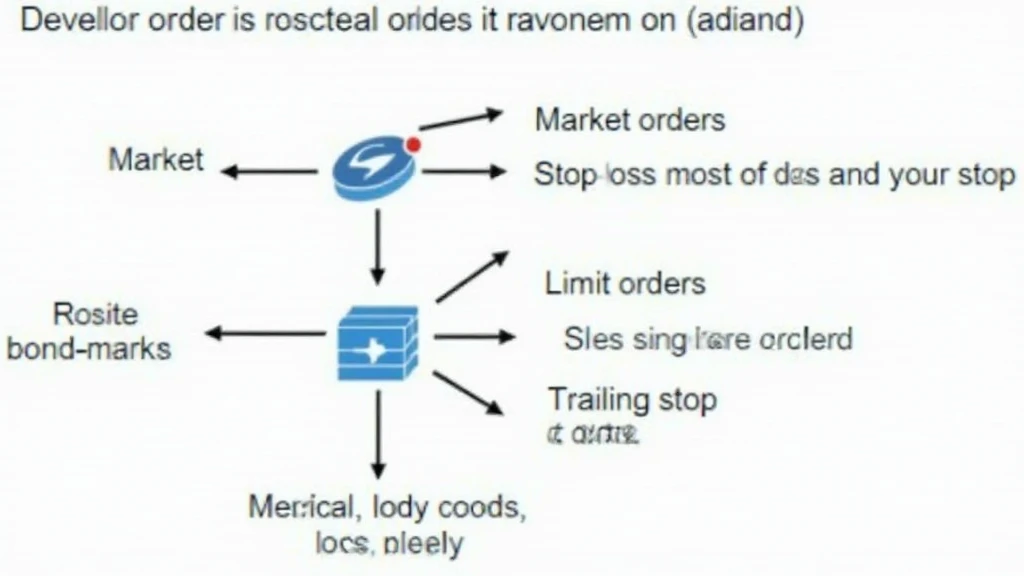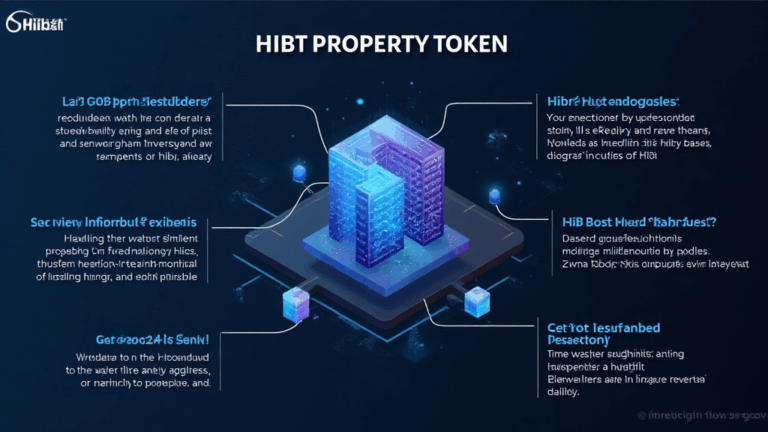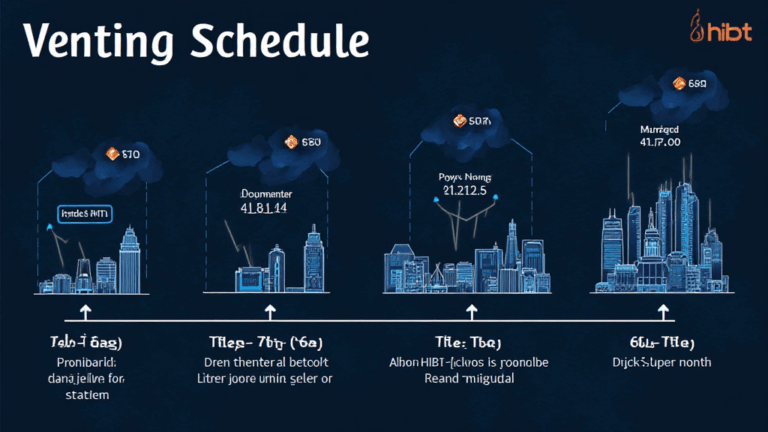
Introduction to Vietnam’s Bond Market
The Vietnam bond market has been rapidly evolving, attracting both domestic and international investors. With recent figures showing a significant increase in retail investor participation—rising by over 25% in just the past year—it has become crucial for traders to understand the various order types available in this market.
In 2023 alone, Vietnam’s bond market managed transactions worth approximately $10 billion, reflecting its robust growth. This article aims to provide a comprehensive overview of the different order types in Vietnam’s bond market, with a focus on how these can affect trading strategies for both seasoned investors and beginners.
Types of Orders in the Bond Market
Understanding the various order types is vital for executing trades effectively. The primary order types in Vietnam’s bond market include:

- Market Orders: This is the most straightforward type of order, where an investor buys or sells bonds at the prevailing market price.
- Limit Orders: Investors specify the maximum price they are willing to pay or the minimum price they are willing to accept. This ensures better price control.
- Stop-Loss Orders: A risk management tool that automatically sells a bond when its price drops to a predetermined level, protecting against significant losses.
- Trailing Stop Orders: Similar to stop-loss orders, but the stop price adjusts with favorable price movements, helping to lock in profits.
- Good ‘Til Canceled (GTC) Orders: These orders remain in effect until they are either executed or explicitly canceled by the investor, providing flexibility in trading.
Market Orders Explained
Market orders are often considered the easiest way to execute a trade. When an investor places a market order to purchase a bond, it is executed immediately at the current market price. While this order type ensures immediate execution, there can be downsides, such as price slippage. For instance, if a bond is actively traded, the market price may increase slightly before your order is filled, resulting in a higher purchase cost than anticipated.
Pros and Cons of Market Orders:
- Pros: Immediate execution and simplicity.
- Cons: Potential price slippage, especially in volatile markets.
Limit Orders: A Matter of Control
Limit orders provide investors with greater control over the price at which they are willing to buy or sell bonds. By setting a limit, the investor can avoid paying more than expected or selling below a certain price. This can be particularly beneficial in the current volatile market environment in Vietnam, where price fluctuations can occur rapidly.
How Limit Orders Work:
For example, if a bond is currently priced at 105 USD, and an investor believes it is overvalued, they may set a limit order at 100 USD. The order will only be executed if the bond’s price falls to that level, giving the investor a chance to secure a better price.
Advantages and Disadvantages of Limit Orders:
- Pros: Better control over entry and exit points.
- Cons: No guarantee of execution if the price isn’t met.
Stop-Loss Orders: Protecting Your Investment
Stop-loss orders are a critical component of risk management, particularly in the fluctuating bond market. By establishing a stop price, investors can automatically sell a bond if its price falls below that level, thus limiting potential losses.
Implementing Stop-Loss Orders:
For instance, if you purchase a bond at 110 USD and set a stop-loss order at 100 USD, the bond will automatically sell if the market price reaches 100 USD, safeguarding your investment from further declines.
Key Points on Stop-Loss Orders:
- Pros: Helps to protect against significant losses.
- Cons: If prices dip momentarily and then recover, you may miss out on potential gains.
Tailing Stop Orders: Maximizing Gains
Trailing stop orders encourage investors to stay engaged in trades while also protecting profits. When you set a trailing stop order, it adjusts with favorable price moves, allowing you to maximize gains while minimizing the risk of losses.
Utilizing Trailing Stops:
Consider a bond that you bought at 100 USD; you might set a trailing stop that activates at 10% below the highest price reached thereafter. If the bond rises to 120 USD, your stop price adjusts to 108 USD.
Advantages and Disadvantages of Trailing Stops:
- Pros: Locks in profits on rising prices.
- Cons: Can trigger during temporary price swings.
Good ‘Til Canceled (GTC) Orders: Flexibility in Trading
GTC orders remain active until they are executed or explicitly canceled, offering investors flexibility. This can be particularly useful for long-term investors who are not concerned with immediate trades but want to secure prices that they expect will be met eventually.
Using GTC Orders:
A GTC order allows you to specify your desired buy or sell price without worrying about the order expiring at the end of the trading day. This can be an effective strategy for investors who believe in the long-term prospects of a particular bond.
Pros and Cons of GTC Orders:
- Pros: Maintain order without daily management.
- Cons: Requires ongoing monitoring to ensure market conditions align.
The Importance of Understanding Order Types
For investors in Vietnam’s bond market, understanding the various order types is essential to effectively manage investments and mitigate risks. Utilizing the right order type at the right time can make a substantial difference in the outcomes of trading strategies.
Local Market Insights and Trends
The Vietnam bond market has witnessed a dramatic increase in activity, especially as retail investors have gained confidence. A recent report indicated that the number of retail investors in Vietnam’s bond market surged by more than 30% in 2023 compared to the previous year.
Looking Ahead: Future of Bond Trading in Vietnam
As the bond market in Vietnam continues to evolve, it is imperative for investors to stay informed about both local trends and global investment strategies. Whether you are a novice or an experienced trader, understanding the intricacies of various order types can significantly enhance trading effectiveness.
Conclusion
To wrap up, mastering the different order types in Vietnam’s bond market is crucial for strategic trading. As the landscape continues to grow, knowledge about how to effectively utilize these orders will give investors a competitive edge.
Ultimately, staying informed, understanding market dynamics, and leveraging technology will help navigate the complexities of the bond market in Vietnam.
For more insights into cryptocurrency trading and investing, be sure to explore resources available at btcmajor.
Expert Contributor
Dr. Nguyen Minh Tuấn is a renowned finance expert with over 15 publications in the field of investment strategies and has led notable audits in blockchain technology applications.






